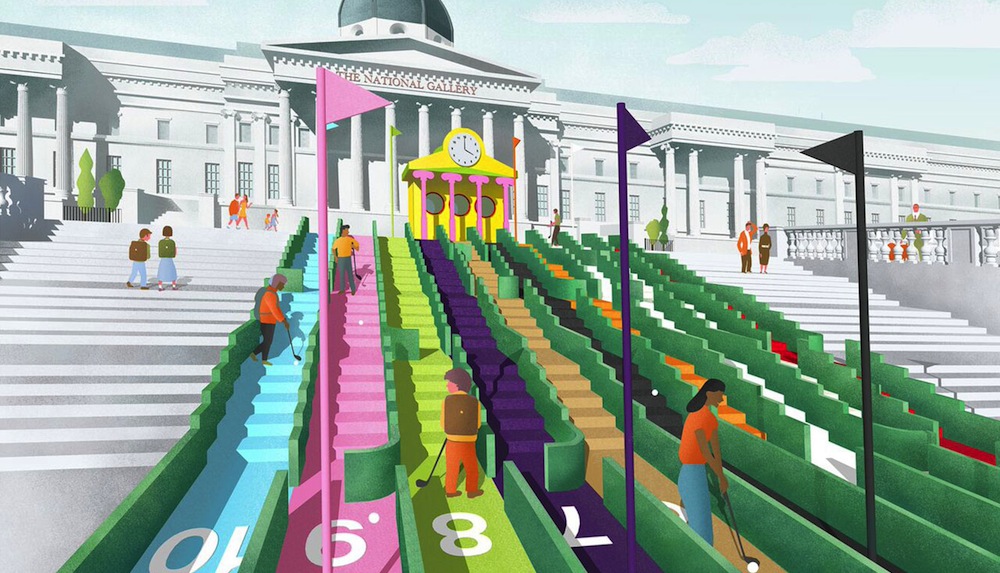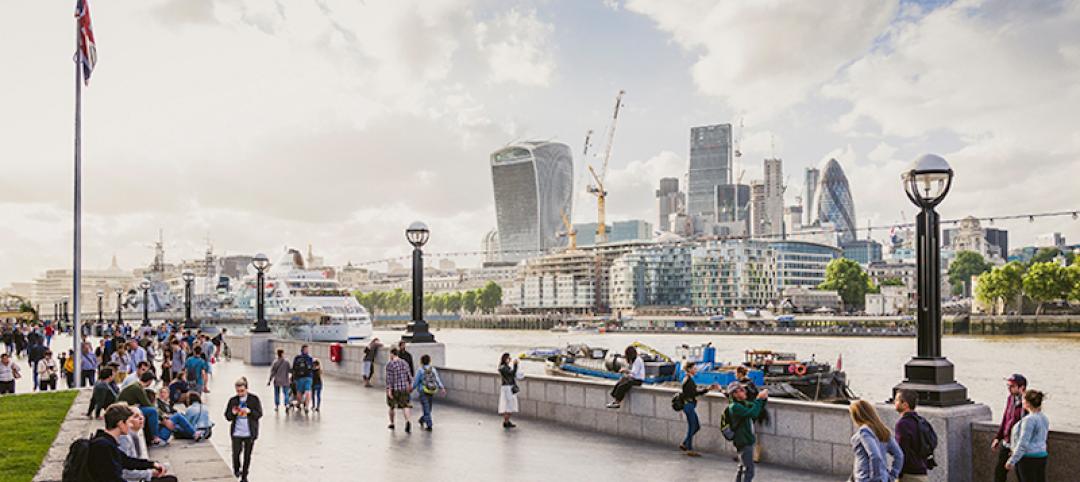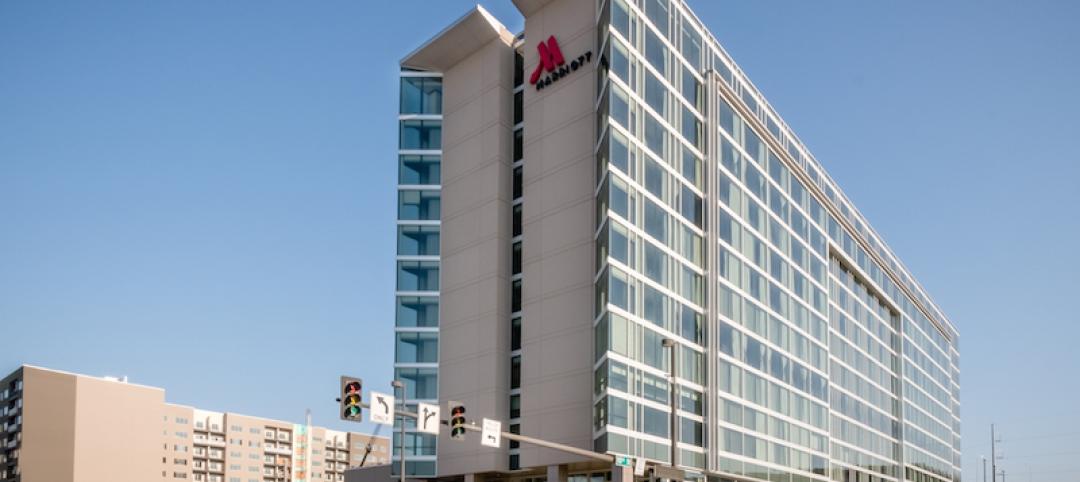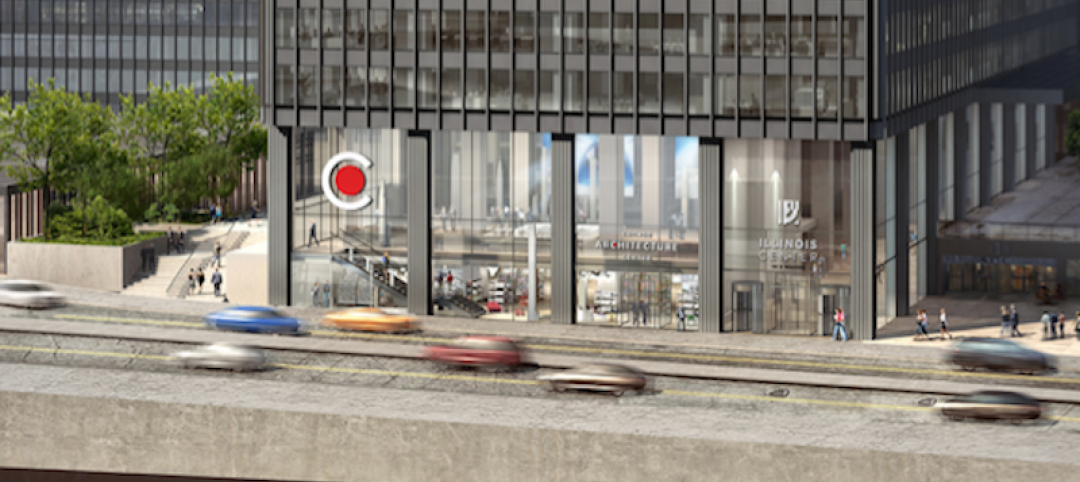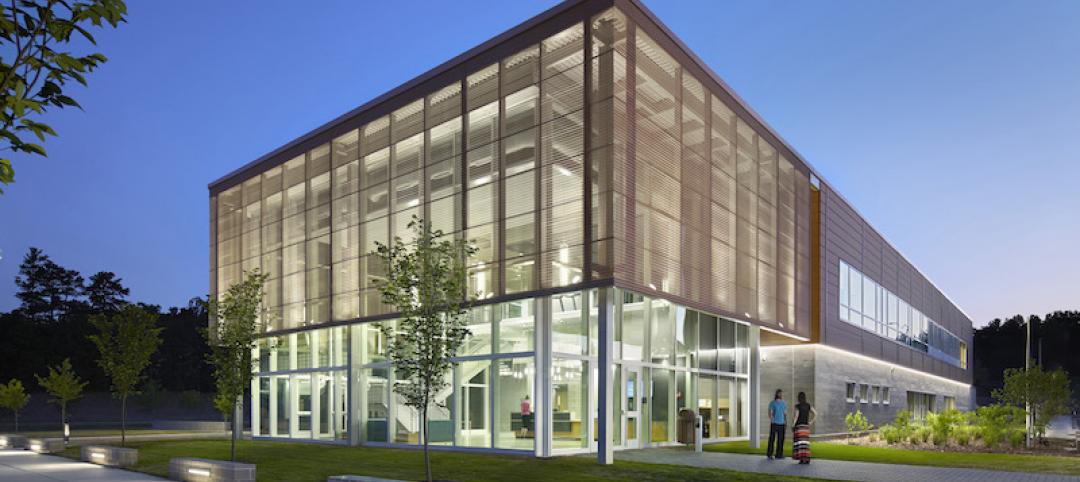The London Design Festival launched a crowdfunding campaign to raise money for one of the craziest mini-golf courses ever made.
The plan is to turn London’s Trafalgar Square into a colorful course this September. Notable designers, including Tom Dixon, Mark Wallinger, and the late Zaha Hadid, each get to create a hole of their own.
Eight holes have been designed for the mini-golf (known in the UK as "crazy golf") course, and they all feature much more than a windmill and a turf incline. Dixon’s hole integrates pneumatic tubes; players must navigate Wallinger’s circular maze; and Hadid designed a curvy, dual-level hole that traces the shadow of the square’s Nelson’s Column. The entries are bright, creative, and, to many putt-putt golfers across the universe, at least a quadruple bogey.
Paul Smith is the project’s visionary. The architect has held other events at Trafalgar Square over the years, including life-size chess and a robot show. Smith’s hole calls for a set of 10 multicolored stairways. The other designers who took part in the project are Camille Walala, Atelier Bow-Wow, HAT Projects, NEON, and Ordinary Architecture, the latter of which envisioned a hole where a player hits their ball into a large pigeon and watches it roll through its digestive tracks.
The project’s goal is to amuse both adults and children, and teach the public about the future of design.
The course “will attract a wide, public audience, and inspire the next generation of creatives,” as its Kickstarter puts it. “Thousands will be able to play the course, and millions more will watch and enjoy this experience, both in the square and through media.”
A little more than $5,000 has been raised thus far. There are still 42 days left to reach the $172,862 goal.
Related Stories
40 Under 40 | Sep 21, 2017
Meet the 40 Under 40 Class of 2017
These AEC stars are making their mark in business, philanthropy, and in their communities.
Office Buildings | Sep 20, 2017
Five Stantec offices move into one Fifth Avenue location
The new location provides the firm with 40,000 sf of space.
Architects | Sep 19, 2017
What we talk about when we talk about placemaking
What does Good Growth mean and how do we set about achieving it?
Architects | Sep 13, 2017
Leo A Daly hires hospitality-design veteran to lead its Dallas office
Ken Martin views this sector as an incubator of innovation.
Museums | Sep 8, 2017
CAF announces plans for 20,000-sf Chicago Architecture Center to be built on East Wacker Drive
The Adrian Smith + Gordon Gill-designed space will open in summer 2018.
Architects | Sep 6, 2017
Fake architect caught in ‘Operation Vandelay Industries’ sentenced to 2 1/3 to 7 years in prison
The fake architect must also pay a $115,000 restitution.
Architects | Sep 6, 2017
Top 110 university architecture firms
Perkins+Will, Gensler, and CannonDesign top BD+C’s ranking of the nation’s largest university sector architecture and AE firms, as reported in the 2017 Giants 300 Report.
Contractors | Sep 6, 2017
Following the money: G702 progress payment certifications
There is no single method of calculating progress payments, but the most common formula is the percentage of completion applied to the total contract price, less a retainage which is held by the owner until final acceptance of the project.
Multifamily Housing | Sep 5, 2017
Free WiFi, meeting rooms most popular business services amenities in multifamily developments
Complimentary, building-wide WiFi is more or less a given for marketing purposes in the multifamily arena.
Architects | Sep 1, 2017
5 reasons why AEC firms need to focus on employer branding
Not to be confused with the branding of your firm overall, your employer brand is defined by your reputation as a workplace.


